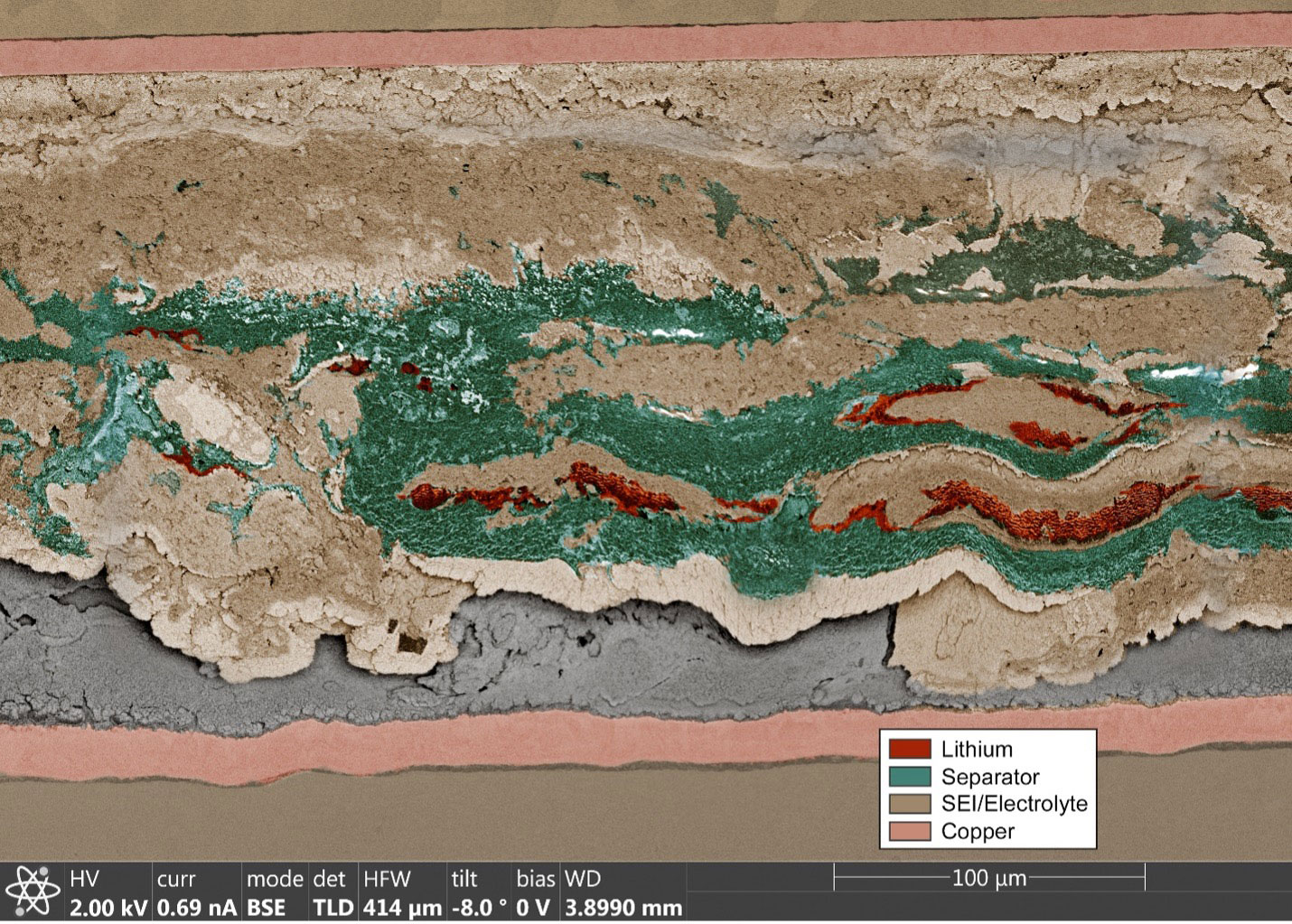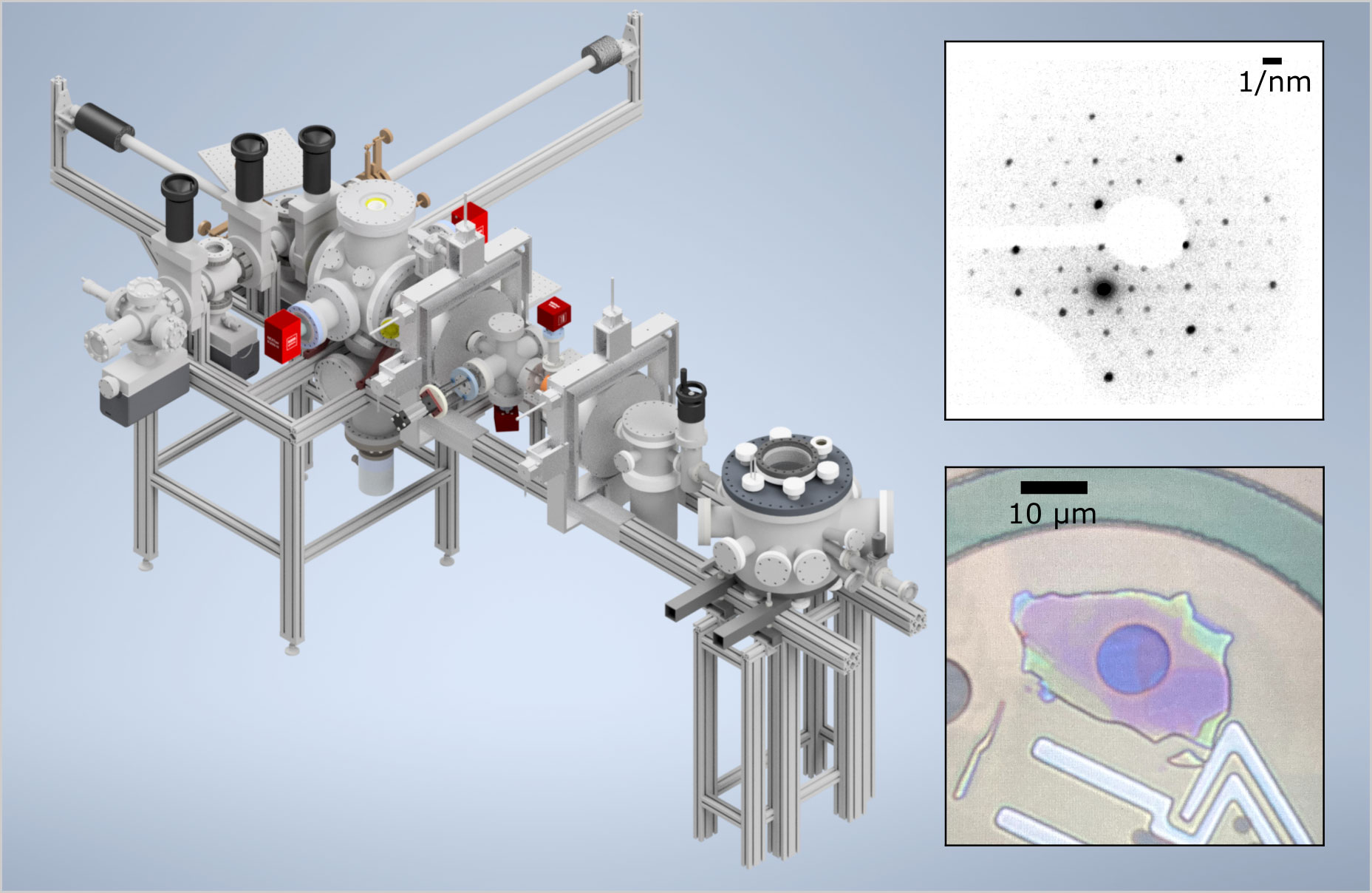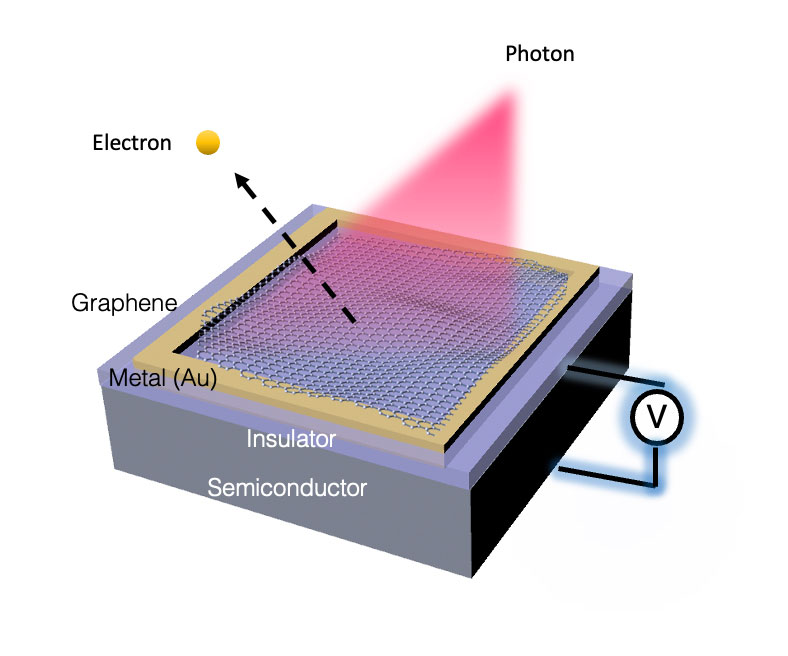
Researchers Develop a Novel Method to Study Nuclear Reactions on Short-Lived Isotopes Involved in Explosions of Stars
Scientists take pictures of a nuclear reaction in the laboratory to understand processes inside the cores of stars.

Scientists take pictures of a nuclear reaction in the laboratory to understand processes inside the cores of stars.

Experiment at Oak Ridge National Laboratory’s High Flux Isotope Reactor precisely measures the antineutrino energy spectrum.

A molecule found in combustion on Earth and surrounding some stars can lead to the formation of an important organic hydrocarbon.

Modeling microbial interactions in synthetic communities offers insights into environmental processes.

Scientists develop a multimodal imaging approach to study microbe–semiconductor biohybrids at the single-cell to single-molecule level.

A unique study of a key reaction in X-ray burst nucleosynthesis bolsters the theoretical models used to calculate reaction rates.

A tungsten carbide catalyst can produce a hydrocarbon from carbon dioxide at high rates and high efficiency.

Ultrafast X-ray studies reveal the existence of Superionic Ice XIX, which could explain the unusual magnetic fields of icy giant planets.

Scientists freeze and cut a battery in half to look inside and reveal why it fails.

Understanding defects paves the way for longer lifetimes for sodium-ion batteries -- and lower energy storage costs.

Bright electron beams unlock the study of small, thin materials on ultrafast timescales.

A graphene-insulator coating enables scientists to tune the energy required to liberate electrons from semiconductors.